How to Deficit Deadlift – Muscles Worked, Benefits and Technique Tips
This extensive guide will teach you everything you need to know about the Deficit Deadlift.
What is the Deficit Deadlift?
The Deficit Deadlift is a compound barbell Deadlift exercise performed whilst standing on an elevated surface.
This increases the range of motion for the bar path.
The deficit makes the exercise harder, and requires a greater show of force to lift the barbell and load from the floor.
- What is the Deficit Deadlift?
- What Muscles are Worked by the Deficit Deadlift?
- What are the Benefits of the Deficit Deadlift?
- How to do the Deficit Deadlift
- Training Tips
- What Grip Should I Use for the Deficit Deadlift?
- How Much Weight Should I Use for Deficit Deadlifts?
- Deficit Deadlifts Variations
- Deficit Deadlifts Alternatives
- Who Should Perform Deficit Deadlifts?
- Deficit Deadlift FAQs
- Learn More
What Muscles are Worked by the Deficit Deadlift?
The Deficit Deadlift works all the same muscles as the Conventional Deadlift. It utilises the glutes, hamstrings, calves, grip, core, spinal erectors, upper back, traps, forearms and biceps.
What are the Benefits of the Deficit Deadlift?
The Deficit Deadlift has numerous unique benefits.
Depending on what you to achieve, you can program and train the exercise in different ways.
Better Posture for Lifting
The deficit starting position forces the lifter into a better initial pulling position for the movement. Excellent back, hip, knee and shin positioning are essential to lift through the extra deficit that the exercise creates.
Working to improve this will have a huge carry over into the conventional Deadlift.
More Time Under Tension
The greater range of motion makes for more time under tension. This leads to improved hypertrophy gains.
A Stronger Posterior Chain
Any Deadlift variation is always a great way to strengthen and improve the back and posterior chain.
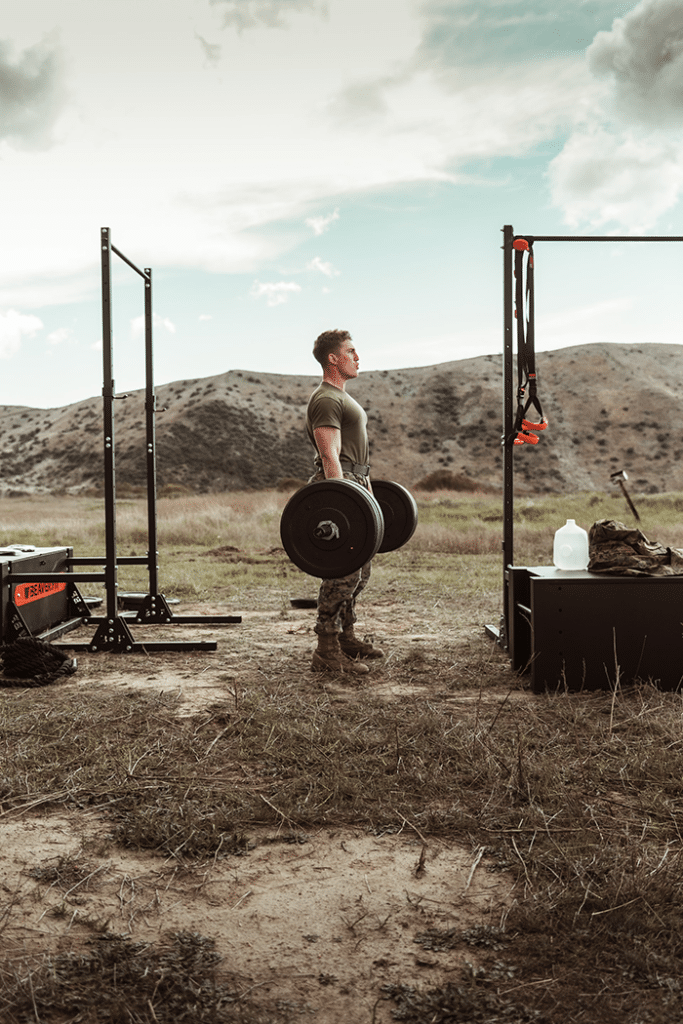
The hamstrings, glutes, core and back are all significantly reinforced by the Deficit Deadlift.
More Power in the First Pull
Getting the weight off the floor during the first pull is often one of the hardest parts of the exercise for many lifters.
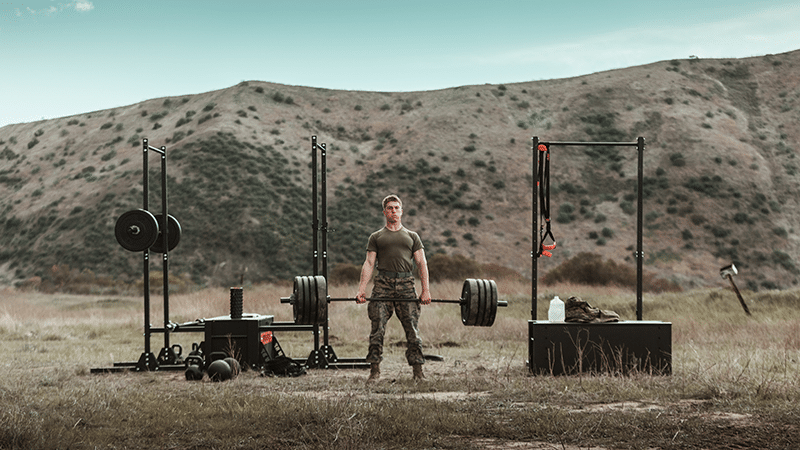
If you are struggling with your conventional Deadlift, this variation can be a great way to take a step back and work on technique and improving certain specific parts of the lift (in this case the first pull).
Build Mental Toughness
This type of lift is heavy and hard. Adding it into your training will also make you mentally (as well as physically) tougher.
How to do the Deficit Deadlift
Most people use either a bumper plate or a plyo box to stand on and establish the raised position when they perform the exercise.
- Stand on the raised platform
- Reach down and grip the barbell with a shoulder width grip (see below for more details on how to grip)
- The bar should be over the middle of the feet when you look directly down
- Inhale and brace the core, grip and glutes
- Straighten the spine into a neutral position
- Drop the hips until the shins touch the barbell
- Pull the slack out of the bar
- Keeping control of the weight, lift it from the floor. Push the floor away from you with your feet
- Rise until the bar passes the knees
- Extend the hips until you reach a full standing position
- Exhale
- Lower the bar slowly to the starting position on the floor
- Repeat for the desired number of reps
Training Tips
Use the quads to generate power and aim to push the ground away from you during the pull. As Eddie Hall says, think of the Deadlift as a Leg Press exercise.
The starting position is essential to get right. Experiment with different hip heights to find what works best for you and your physiology.
Stay tight and control your breathing at all times. Maintain a solid braced position.
Don’t let the hips shoot up too quickly at the bottom of the lift.
Pay attention to the concentric (lowering) portion of the range of motion. This will help you to understand the movement and improve your technique. It is also an excellent opportunity to work on the mind muscle connection.
What Grip Should I Use for the Deficit Deadlift?
You can perform the Deficit Deadlift with a variety of different grips.
Double overhand is great if you also want to develop your grip strength.
Mixed grip is the strongest variation without straps.
Double Overhand with lifting straps will make sure that grip strength never becomes the limiting factor of the exercise.
How Much Weight Should I Use for Deficit Deadlifts?
You will need to lower the weight slightly from your regular Sumo and Conventional numbers.
The deficit makes the lift harder so use 10-25% less weight.
Deficit Deadlifts Variations
The following are effective variations when you want to change the stimulus of the exercise.
- Snatch Grip D Deadlift
- Romanian D Deadlift
- Stiff Leg D Deadlift
- Sumo DDeadlift
Deficit Deadlifts Alternatives
These alternatives are useful substitutes when you cannot, for whatever reason, perform the exercise.
- Bulgarian Split Squat
- Glute Bridge
- Barbell Hip Thrust
- Lying Hamstring Curl With Band
- Trap Bar Deadlift
- Single Leg Romanian Deadlift
- Back Hyperextension
- Cable Pull Through
Who Should Perform Deficit Deadlifts?
This form of Deadlift is for people that have already established good technique with the regular Deadlift.
There is no point moving to the deficit variation until you feel confident and solid with the mechanics and movement of the Deadlift.
Deficit Deadlift FAQs
Still got questions? Scroll through to find the answers.
How Big should the Deficit be in the Deficit Deadlift?
2 to 4 inches is a good start when you work with this type of exercise. Most lifters will use a plyo box or a bumper plate so that is a great place to start.
Are Deficit Deadlifts Effective?
Yes, they are effective when performed correctly.
The additional strength gains and enhanced pulling power from the floor will have significant benefits for your fitness, strength and health.
Are Deficit Deadlifts Harder?
Yes, they are harder than conventional Deadlifts because of the longer range of motion which causes more time under tension. They create a more significant challenge for the back muscles and hip mobility.
When Should I use Deficit Deadlift?
This type of Deadlift is effective for people that have hit a plateau with their Deadlift. It is an effective tool for improving the first pull and overall mechanics of the exercise.
Learn More
Add this great type of Bench Press into your training.

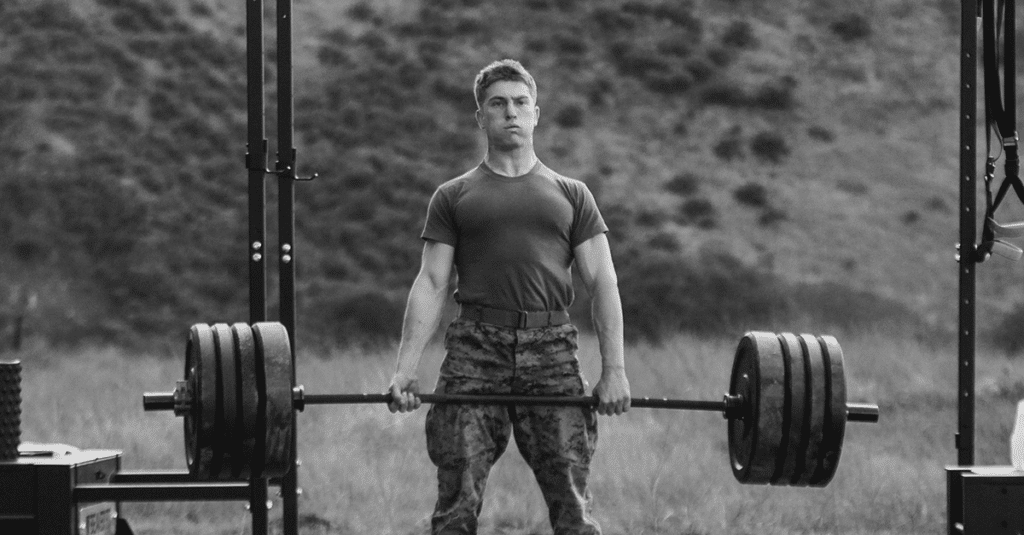
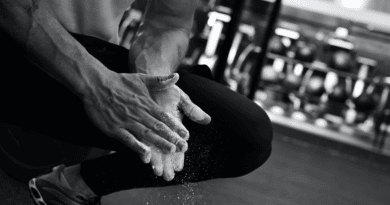
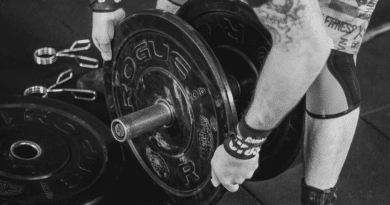
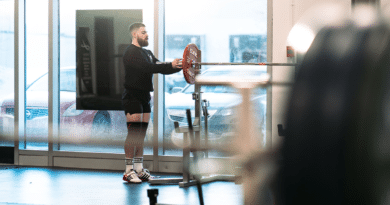
Pingback: Functional Fitness Chipper Workouts for Endurance and Strength - Outdoor Fitness Society
Pingback: Nordic Curls Best Guide - Benefits, Muscles Worked and Technique - Outdoor Fitness Society
Pingback: Dumbbell Push Press Best Guide - Benefits, Muscles Worked and Technique - Outdoor Fitness Society